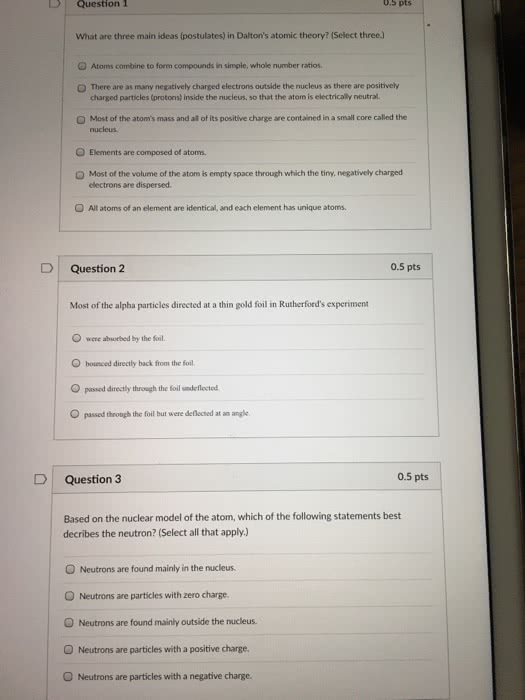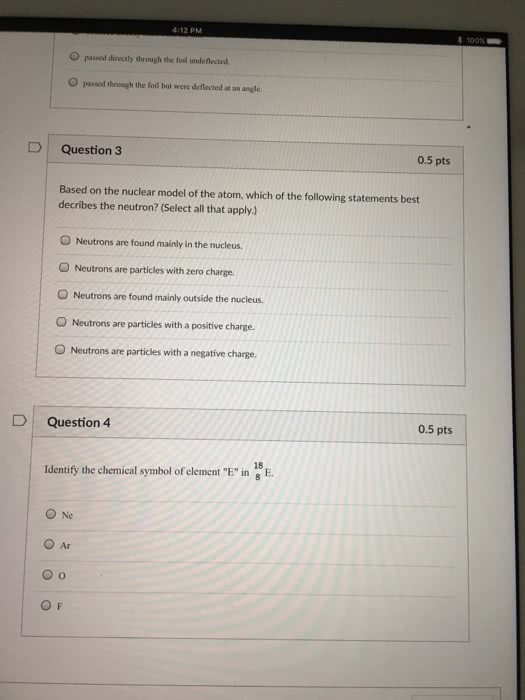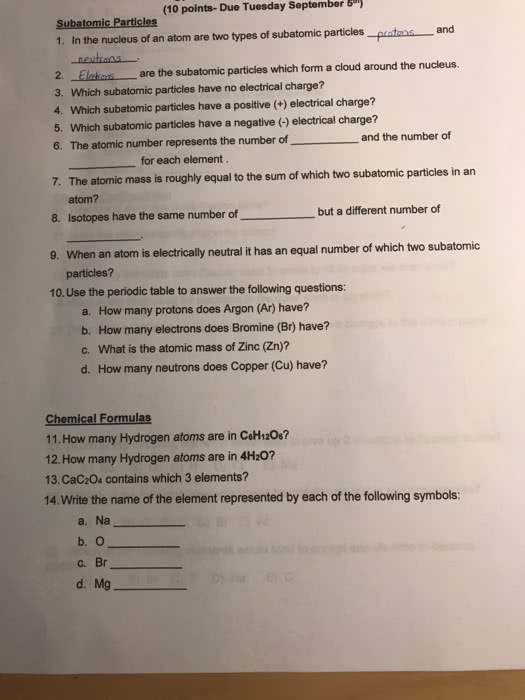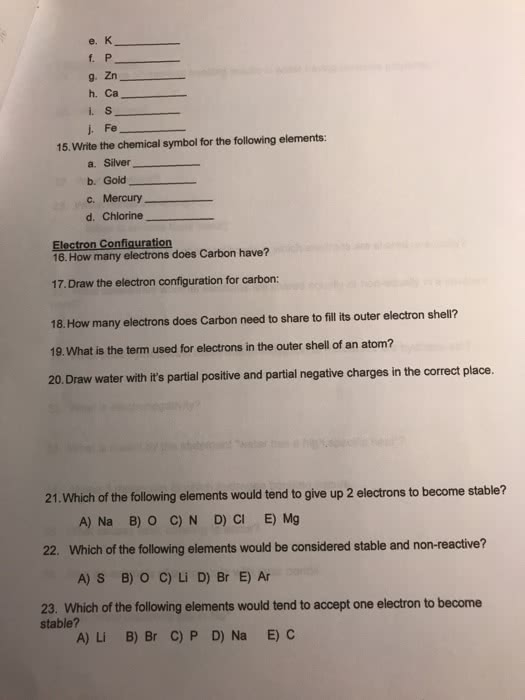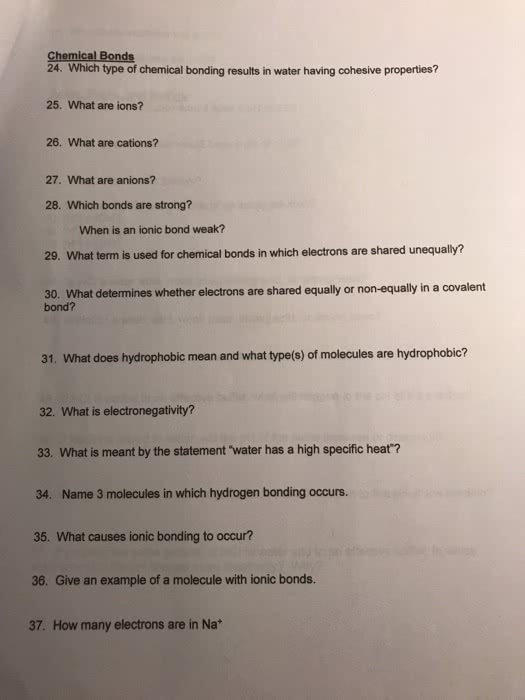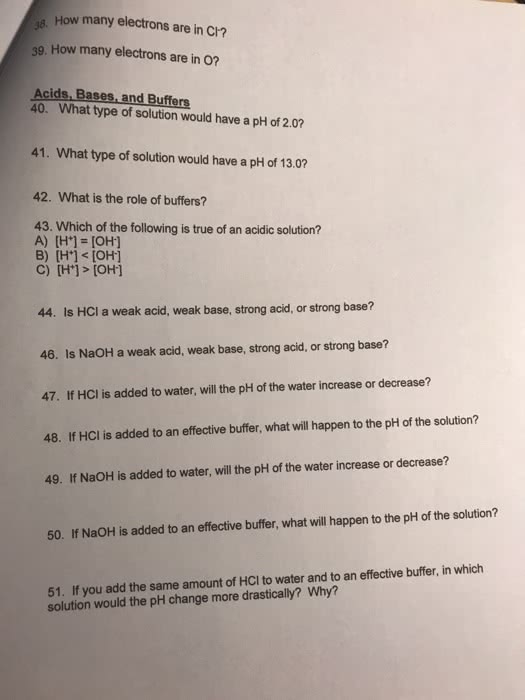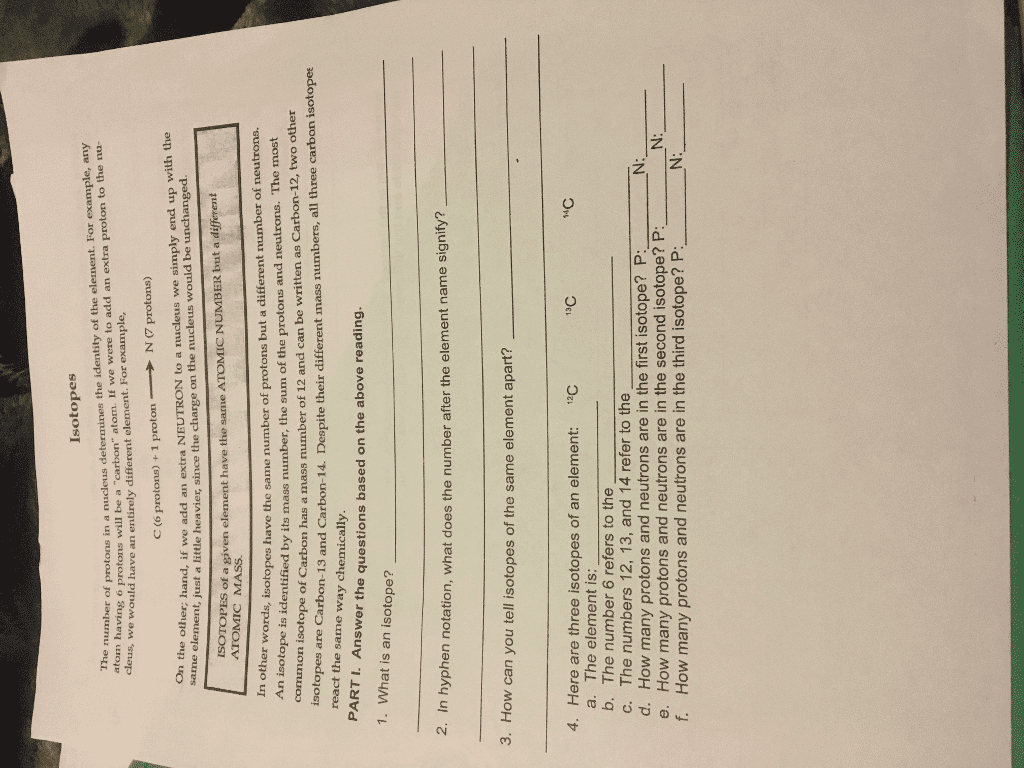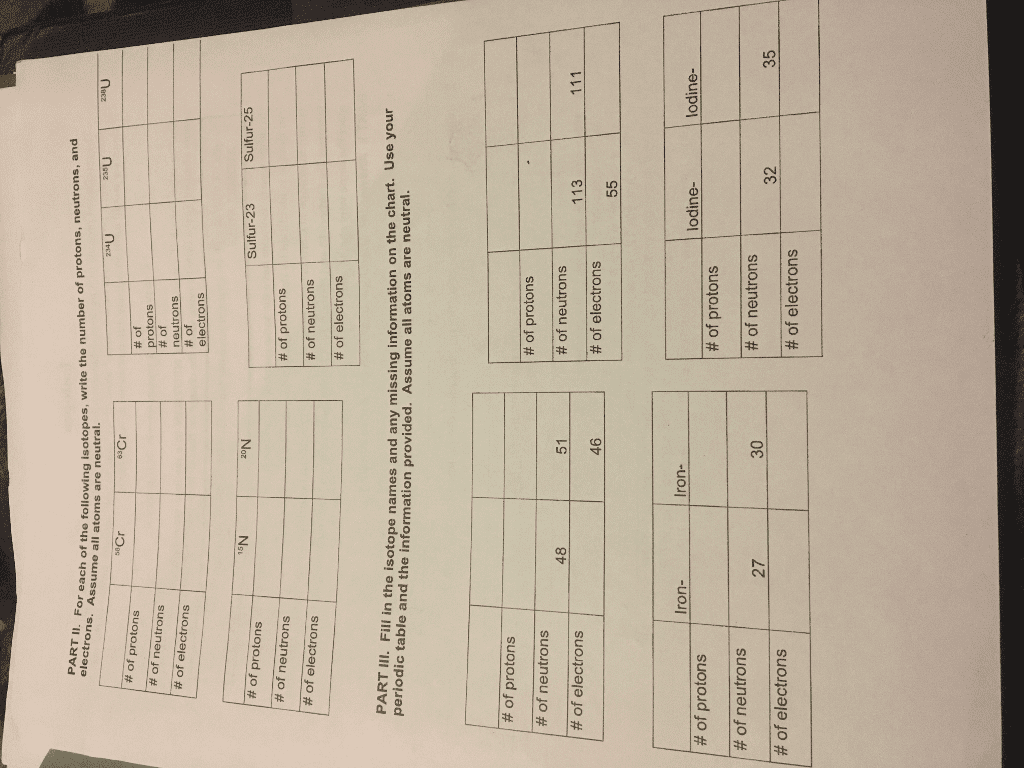CHEM120 Study Guide - Quiz Guide: Elementary Charge, Atomic Orbital, Unified Atomic Mass Unit
Document Summary
Physicists have identified a long list of particles which make up the atomic nucleus. Chemists, however, are primarily concerned with the following sub-atomic particles: The electron is negatively charged, with a charge of -1. 602 x 10-19 coulombs (c). For convenience, the charge of atomic and sub-atomic particles are usually described as a multiple of this value (also known as the electronic charge). Thus, the charge of the electron is usually simply refered to as -1. The proton has a charge of +1 electron charge (or, +1. 602 x 10-19 c) Neutrons have no charge, they are electrically neutral. Note: because atoms have an equal number of electrons and protons, they have no net electrical charge. Protons and neutrons are located in the nucleus (center) of the atom. The nucleus is small compared to the overall size of the atom. The majority of the space of an atom is the space in which the electrons move around.

